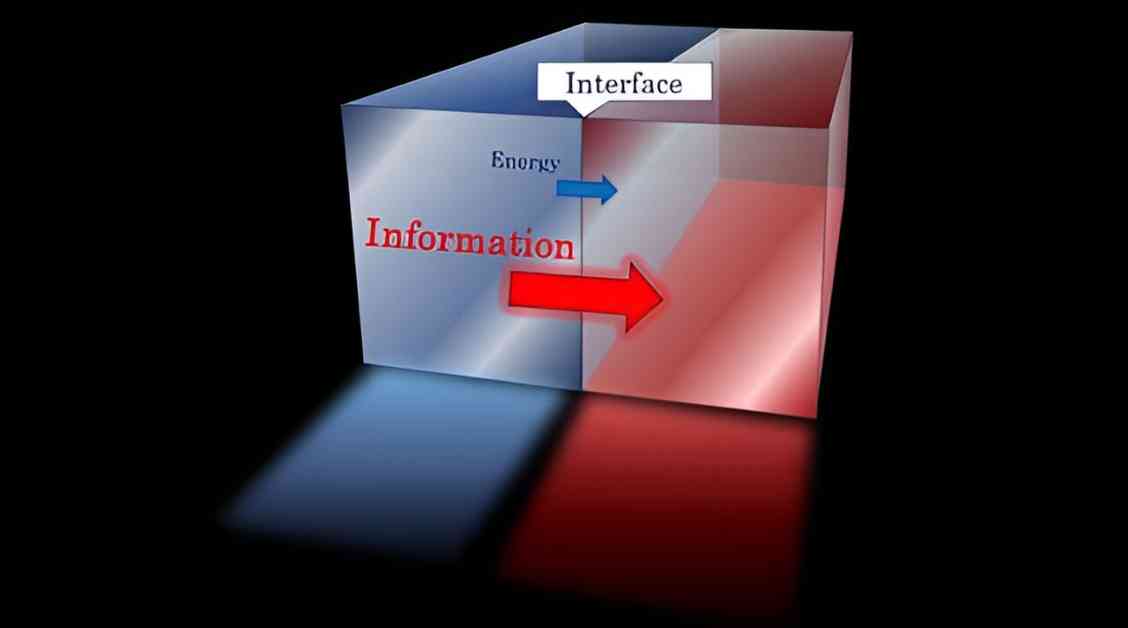An international team of researchers recently discovered a straightforward connection between energy and information transmission rates in quantum field theories. This finding sheds new light on an important yet challenging issue in the field of physics.
The interface between different quantum field theories plays a crucial role in various problems within particle physics and condensed matter physics. However, accurately calculating the rates at which energy and information are transmitted across these interfaces has been a challenging task.
Professor Hirosi Ooguri from the Kavli Institute for the Physics and Mathematics of the Universe (Kavli IPMU) at the University of Tokyo, along with Professor Fred Kavli from the California Institute of Technology, and their team of collaborators, revealed that in two-dimensional theories with scale invariance, there exist simple and universal relationships between energy transfer rate, information transfer rate, and the size of the Hilbert space.
The researchers found that energy transmittance is less than or equal to information transmittance, which is less than or equal to the size of the Hilbert space. This implies that both energy and information transmission require a sufficient number of states, and in order to transmit energy, information must also be transmitted. Furthermore, they demonstrated that there is no stronger inequality possible.
The significance of this discovery lies in the fact that energy and information transmissions are crucial yet complex quantities to calculate, and prior to this research, no clear relationship between the two was known. By establishing these inequalities, the researchers have provided a new perspective on this intricate problem.
In their study, the team highlighted the universal bound on effective central charge and its saturation, offering valuable insights into the fundamental principles governing energy and information transmission in quantum field theory.
This groundbreaking research, published in Physical Review Letters, contributes to the advancement of our understanding of energy transmission in quantum field theory and emphasizes the interconnected nature of energy and information transfer processes. The findings pave the way for further exploration and investigation into the underlying mechanisms that govern these fundamental aspects of physics.
Overall, this study serves as a significant contribution to the field of quantum physics and opens up new avenues for research and exploration in the realm of energy and information transmission across quantum field theories.
